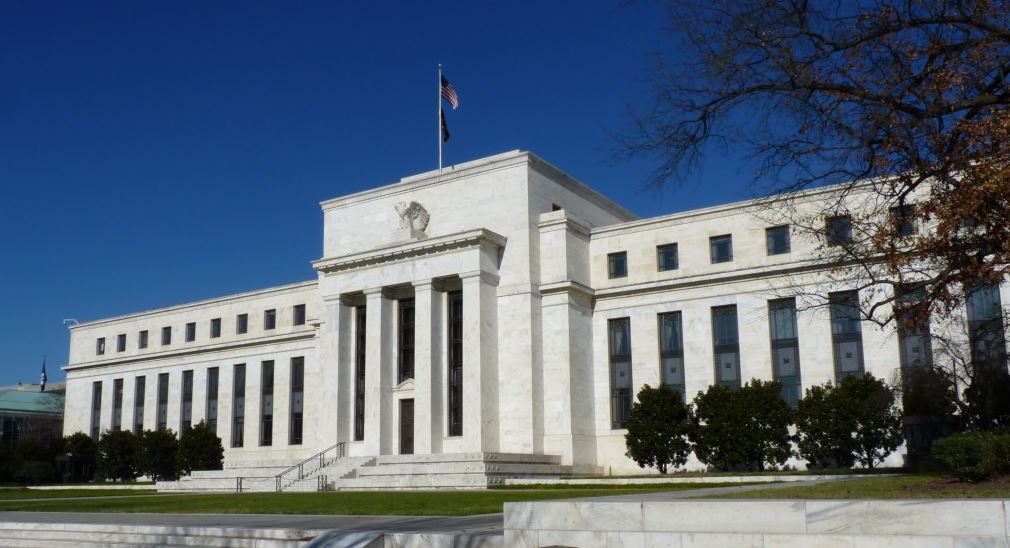The Federal Reserve met this week, and their pivot, which was first observed in January, really has been a change of tune. The Fed, as recently as December, increased the Fed fund rate, which is the rate that banks borrow from one another, by 25-basis points, pushing overnight rates to 2.25-2.50%. In addition, a hawkish Fed told investors in December that their bond portfolio would continue to run off like clockwork. If you recall, markets tumbled in December, as investors believed the US economy was slowing down and could not believe how reckless the Fed appeared to be. What a difference 3-months have made.
The Fed Downgrades the Economy
In January, the Fed pivoted and said they were not convinced that rates would continue to climb at the pace they set but were unwilling to downgrade growth. The January meeting was an event because the Fed’s hawkish stance was reversed. Early in 2019, Fed Chair Jerome Powell stated that “patience would be his mantra. Nearly every statement from the Fed focused on patience. When chair Powell testified in front of congress for his Humphrey Hawkish testimony the only concept that came out was the fed needed to be patient.
In March, the Fed downgraded growth and changed how it viewed future interest rate movements to catch up to the market. The Fed said that GDP in 2019 would grow at 2.1%, down from 2.3% in January. This compares to the Trump administration’s claim that growth would increase by 3% for the entire year. The Fed also downgraded its growth prospects for 2020 to 1.9%. The most stunning change of heart came with the Fed forecast of future interest rate changes. Coming into the FOMC meeting, the Fed has its dot plot showing another 2-3 interest rate increases in 2019. It also had another 2 in 2020. Following the meeting, it was revealed that the Fed now has no increases in 2019 and one in 2020.
US Yields Point to Flat Growth
in the US tumbled in the wake of the Fed’s decision. The 10-year yield tumbled to a fresh 15-month low. The 10-year yields which shows how much the government of the United States needs to pay to borrow funds for 10-years dropped to 2.47%. The yield curve in the United States now points to flat growth. The 2-year versus the 10-year yield curve shows that rates are just above zero, hovering near 10-basis points. The yield curve is nearly inverted. When yields are inverted, they are pointing to decelerating growth and a possible recession. In the past, the yield curve has only been inverted when the market was convinced that the US economy was going into a recession. This last time this occurred was at in 2007. Things are soft around the globe, and the US is barely holding on to economic gains. Data out of the European Union and Japan reflects a decelerating economic environment.

